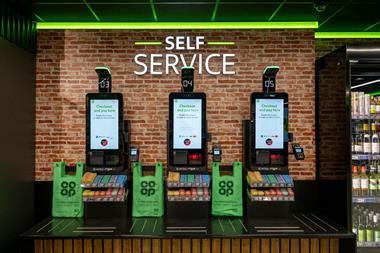The horse meat scandal will no doubt continue to unfold over the coming months but for some of the affected companies, the harm done to their reputations may well prove fatal.
The horse meat scandal will no doubt continue to unfold over the coming months but for some of the affected companies, the harm done to their reputations may well prove fatal.
The impact on business values is going to take many forms. For some it may be a short-term loss of revenues that they can ride out.Others already facing financial stress as a result of the tough economic environment, will be brought down by this crisis. It is more likely, however, that the consequences could be much more long term.
The loss of a major contract will move supplier valuations significantly. Costs and margins are going to change as companies invest in the systems and procedures needed to assure the integrity of their supply chain. The sector could be faced by a double squeeze on valuations with both a reduction in profits and an increase in risk leading to investors demanding a higher rate of return.
For high street consumer names caught up in the current furore surrounding meat, some brands are taking a severe hit but business-to-business brands are by no means immune to this. Repairing this damage is going to take time and effort. Of all the intangible assets that are now regularly valued, brands have perhaps the longest history of being quantified. As businesses assess the harm that has been caused, sometimes through no fault of their own, then estimating how much value has been “lost” will be vital.
But this crisis has the potential to extend beyond food to any type of product that includes natural and chemical ingredients that also relies on a global supply chain. There will be many questions businesses, from many sectors, should be thinking about and asking themselves - are your labels and product description accurate? How will consumers’ behaviours impact revenues? What’s the impact on your brands?
There are a number of well established techniques for brand valuation with probably the relief from royalty approach being the longest established. The approach is based on the notion of what an independent party would need to pay a brand owner in order to use that brand in a particular marketplace or defined territory. The capitalised value of this royalty stream represents the value of the brand to its owner. There are three key factors which underpin the relief from royalty method - the sales forecast of each brand; the royalty rate and the discount rate.
As the horse meat scandal plays out, each of these key assumptions could well change. Dealing with the obvious first sales projections will move. The judgement will be whether this will be short term or long term and both could impact values significantly.
Commercial agreements will need to be revised and given that many of these are cross-border in nature the revisions and transfer pricing structures will need to be renegotiated with national tax authorities.
Finally, discount rate needs to be considered. The discount rate represents the return an investor requires for the risk he is taking on. As risk increases so do required rates of return and capital values reduce. Again a view will need to be formed as to whether this is a short term blip or a long term change in sector risk.
Whilst the blip argument would seem to make some sense if you looked at the pattern of previous “scares”, this is perhaps the most international challenge that the food industry has faced. The global impact allied to a permanent change in margins could well suggest that the long term risk in the industry has changed.
So the blinkers seem to be well and truly off now. As we digest the headlines companies, investors, and regulators will need to assess the damage that has been done and the changes that will be needed in operating structures, investments, and commercial arrangements. This race is likely to be running for some time yet and will spread much further than just the food sector.
Adrian Nicholls is a partner at Ernst & Young


























No comments yet